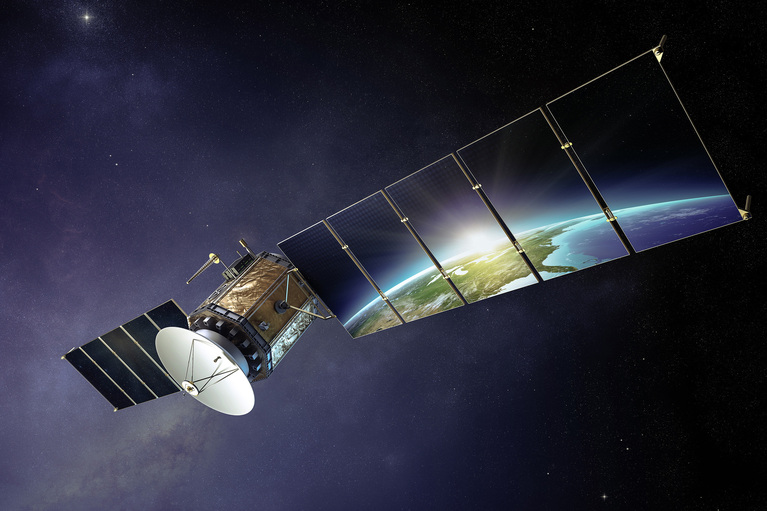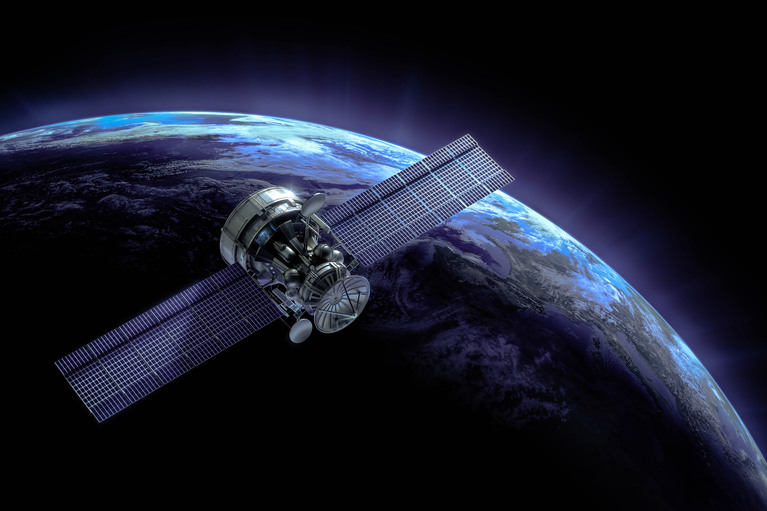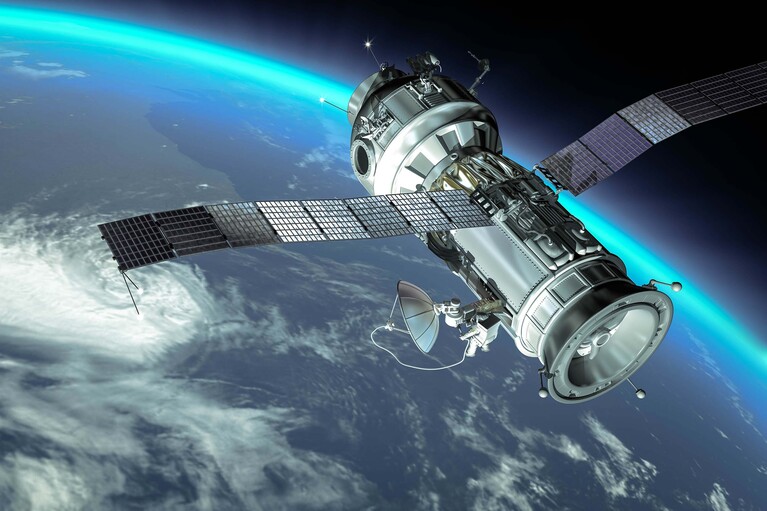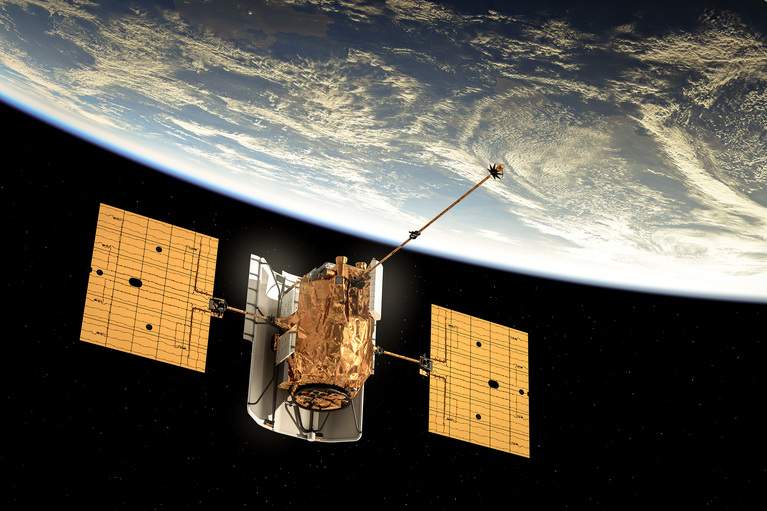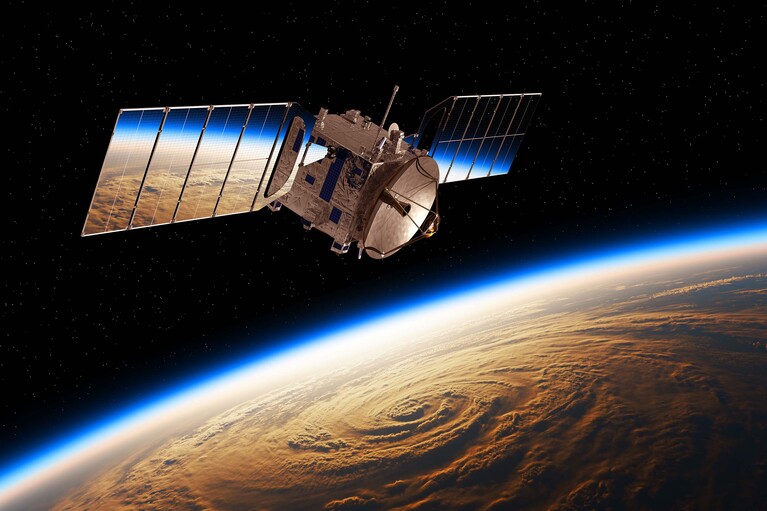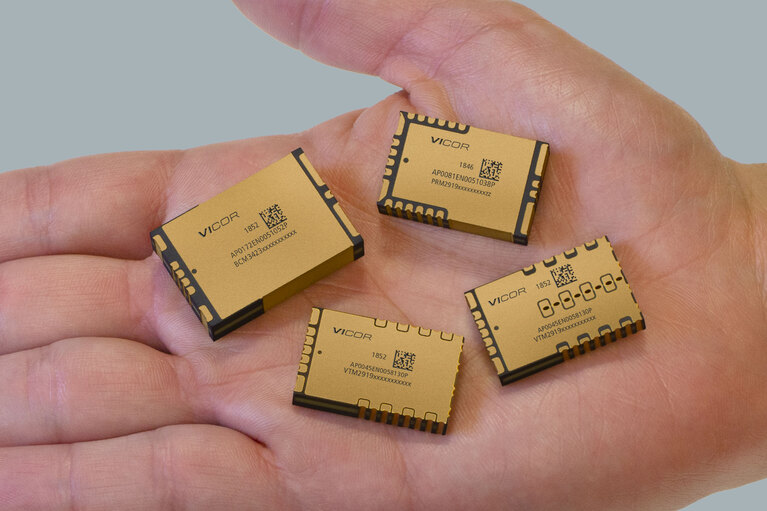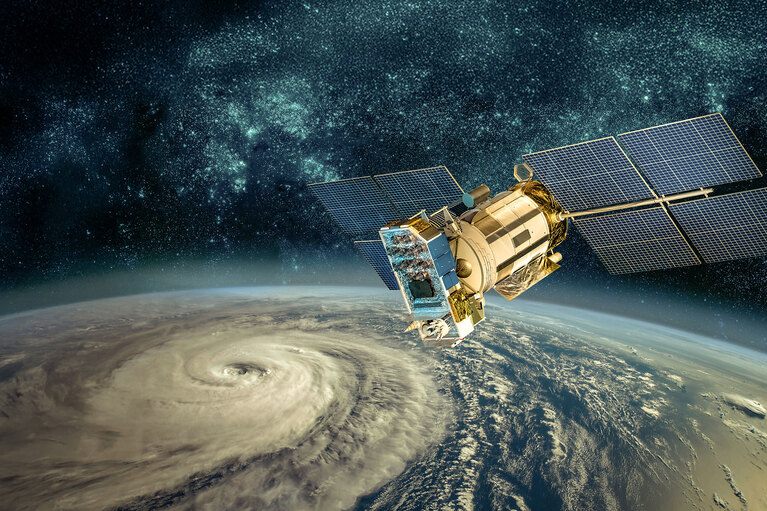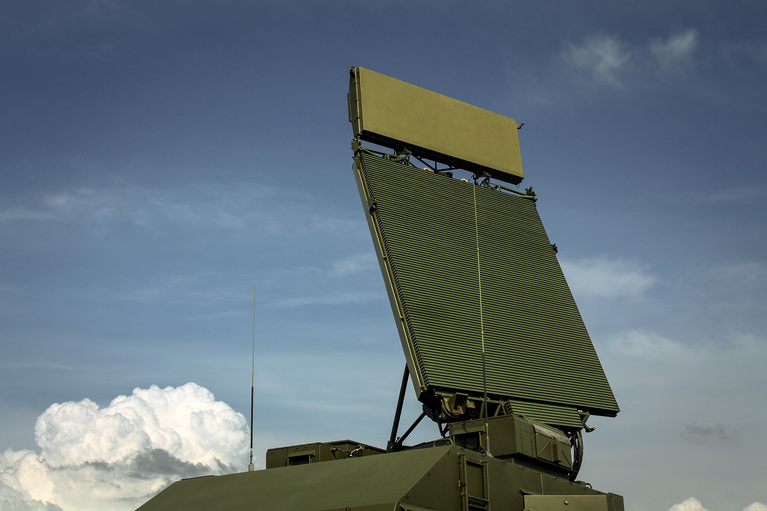
The future of standardized defense platforms using MOSA, SOSA and VPX open architectures
The future of standardized defense platforms using MOSA, SOSA and VPX open architectures
Satellite manufacturers operating in the New Space market sector will need to come up with solutions that will enable a 20-time increase in internet bandwidth over the next 10 years.
Satellite manufacturers operating in the New Space market sector will need to come up with solutions that will enable a 20-time increase in internet bandwidth over the next 10 years, according to a new report by Rob Russell, vice president, Aerospace and Defense, Vicor Corp.
The report lays out the challenges inherent in designing, developing, and launching satellites to meet this enormous demand: One major hurdle? The seemingly contradictory requirements for shrinking satellite size while at the same time improving throughput.
To achieve such a needed leap in throughput demand, satellite power designers must deliver 20 to 30 times more current to the load than legacy systems can provide, while simultaneously reducing the size, weight, and cost of the power delivery network. These warring requirements will only continue to escalate in the foreseeable future, the report notes.
Helping to solve this problem: Vastly upgraded power density for artificial intelligence (AI)-assisted New Space low-Earth orbit (LEO) and mid-Earth orbit (MEO) satellites in the form of power modules that deliver both high current and demonstrated radiation tolerance.
This article was originally published by Military Embedded Systems.
Satellite solutions: High speed, low latency network coverage for the world
Article: Compact, high-density, high-efficiency DC-DCs for NewSpace applications
White paper: Delivering higher power density and low noise for New Space applications
Radiation-tolerant power modules
The future of standardized defense platforms using MOSA, SOSA and VPX open architectures
The future of standardized defense platforms using MOSA, SOSA and VPX open architectures
Delivering higher power density and low noise for New Space applications
Patented power design techniques and architectures needed to deliver optimal power and low noise for space communications applications
Spacechips high current transponder powers on-orbit AI-driven communication
Smaller satellites with sophisticated computational capabilities is in demand. Learn how low-noise, AI-enabled power is driving creative new applications
Current multipliers: The obvious choice for powering AI processors and other demanding applications
AI processors need to handle low-voltage, high-current demand, which can cause power system bottlenecks. Learn how current multiplication can change that
